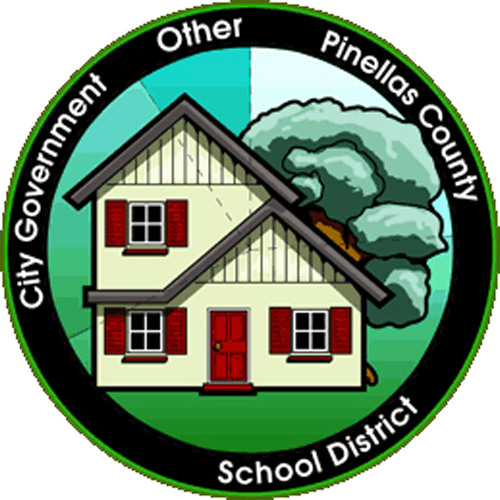Where Do Property Taxes Go?

Property taxes generated by the countywide tax rate represent 67% of the County’s general fund revenues. Property taxes help support programs and services that don’t have offsetting revenues or pay for themselves, such as law enforcement, social services, parks and environmental programs.
Other tax rates controlled by the County include Emergency Medical Services and fire districts in unincorporated areas.
Taxing Authorities
Property taxes are collected from more sources than just Pinellas County Government. In fact, the part of your tax bill that is set by the County is about 24% of your total bill depending on where you live. Separate taxing authorities control the other parts of the bill and Pinellas County Government has no control over those rates.
Details of your property tax are shown on your annual TRIM notice.
Millage
When property values increase and the taxing rate (“millage”) stays the same, some homeowners will pay more taxes for a comparable home than a neighbor who has been exempted for years under Homestead Exemption and the Save Our Homes cap.
What is millage? One mill is equal to $1 for every $1,000 of assessed property value. It’s how the taxing authorities calculate your property tax. You see this explained each year on your TRIM notice. The millage rate set by the County only applies to 26% of your property tax bill. When the County raises or lowers the millage, that change applies only to the County’s portion of your tax bill.
Want to know more about millage rates? Visit the Pinellas County Tax Collector website.